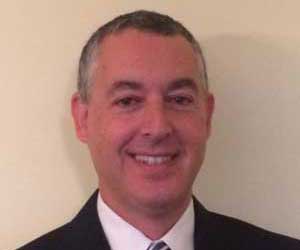Matthew Wesolowski is known across the industry as the General Manager of SSR Communications in Flora, Miss., who had been a key advocate of a “Class C4” FM radio facility. He also attracted attention for SSR’s sale of WSFZ-AM 930 in Jackson, Miss., to iHeartMedia in December 2020, allowing it to become a BIN: Black Information Network owned-and-operated facility.
Now, Wesolowski is in the news as the Chief of the Media Bureau’s Audio Division has ordered his company to show why it can’t move a Utah FM to a new frequency over the state line in Nevada.
Audio Division head Al Shuldiner on Friday released an Order to Show Cause as to why SSR’s silent KCAY-FM 100.7 in Dammeron Valley, Utah, licensed as a Class C3 FM with 25kw for coverage of St. George, cannot move to 107.7 MHz and take a Class A facility at that new broadcast home in Caliente, Nev.
And, Wesolowski has 30 days from September 27 to demonstrate why the move cannot be done.
The matter involves another St. George-area licensee — Community Service Broadcasting Foundation, permittee of noncommercial KKBX-FM 90.9 in Caliente, Nev., to the far northwest of Southwest Utah’s largest city. That licensee wants to upgrade KKBX, formerly KIXK, if you will. It has a plan to move KKBX to Dammeron Valley, and reduce its power output from Class C3 to Class A.
Enter SSR, which wanted to move KCAY-FM’s city of license to Ivins, Utah. No other changes would be seen under its proposal.
This put the wheels in motion on discussions regarding first local service in each city, as KKBX and KCAY have neither signed on the air as of today. Then came SSR filings that suggested KCAY relocate to 107.7 MHz from 100.7 MHz. But, Shuldiner’s team said this came after an impermissible move that improved the facility and placed it in a new locale. “We find that SSR’s chain of amendments and minor modification applications to its post-auction ‘A109’ long-form application circumvented the Commission’s reallotment procedures” as clarified in the Rural Radio decision, he cited.
What happened? A city of license change and an upgrade from Class A to Class C3 at 100.7 MHz in Dammeron Valley had occurred, and both violated the Rural Radio policy of the Commission.
As such, a shift to 107.7 MHz must happen, as it would retain a third local service at Caliente — a Commission priority.




